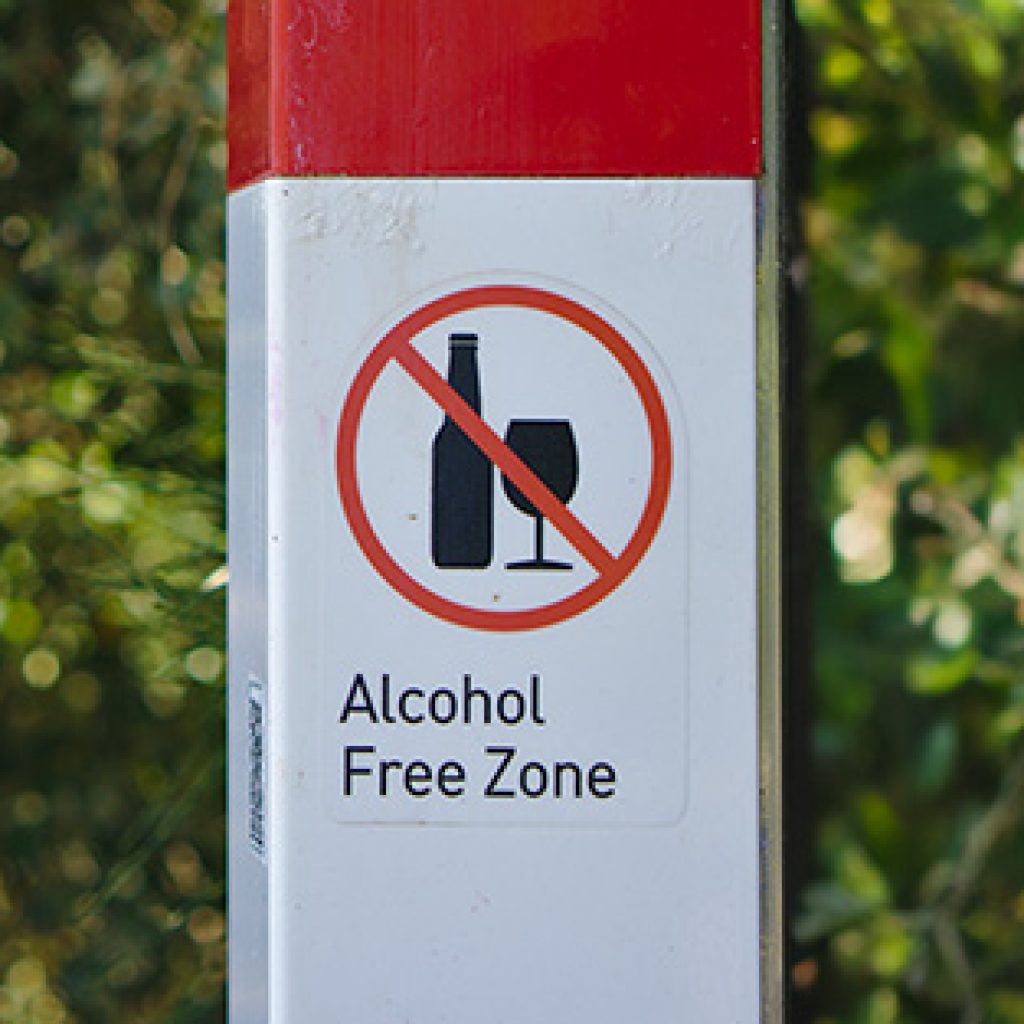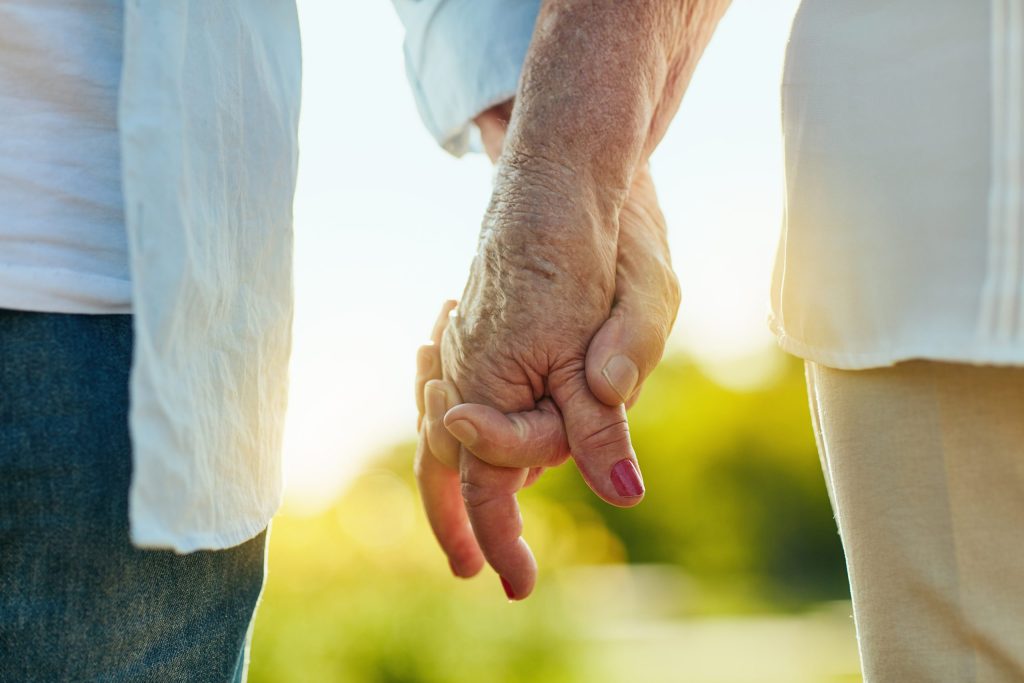Anger Management Resources for Behavioral Health Providers
Anger is universal the world over. Anger is a natural response to situations where people feel threatened, afraid of being harmed, or feel wronged by another person (Reilly & Shopshire, 2019). Many people, including those who experience a disaster and the first responders on the scene of a disaster, feel anger for a variety of reasons. They are affected by the damage from the disaster, changes to plans for their lives, how long the recovery process takes, and/or finances. Anger can be positive when it manifests as productive and assertive in response to an injustice or real threat. Anger can be negative when it causes people to lose patience, become impulsive, or act violently. Anger may be an indicator of emotional distress for children, adolescents, and adults of all ages, and can be a significant issue requiring treatment for clients with mental and substance use disorders.
According to the Substance abuse and Mental Health Services Administration (SAMHSA), some of the signs of anger that people may experience include:
Signs of Anger
- A more rapid heartbeat
- Increased blood pressure
- Tight muscles
- Increased energy due to adrenaline release
- Shallow and rapid breathing
- Indigestion
- Sleep disturbance (Coping with anger, SAMSHA, n.d.).
Signs of Emotional Distress
- Sleeping or dating too little or too much
- Withdrawal
- Stomach or headaches that are otherwise unexplained
- Excessive use of tobacco, alcohol, or drugs
- Expressions of worry or guilt
- Thought of self-harm or suicide
- Adjustment difficulties to work or home environments (Warning signs and risk factors for emotional distress. SAMHSA, n.d.).
According to SAMHSA, “Many people find they anger more easily than usual following a disaster or other trauma” The following sections describe ways for you to manage and talk with others about your anger SAMHSA recommends the following Tips for Calming Yourself (Coping with anger, SAMSHA, n.d.):
- “Self-management. Pay attention to cues that you are getting very angry, and when you notice them, take a break. You may want to count to 10, take a quick walk, or try some of the relaxation techniques listed below.
- Assertive Communication. If you are angry with a person, it may make sense to talk with him or her directly about it when your anger is at a manageable level to do this. When you’re ready, try to use “I” statements and avoid the words “always,” “never,” and “should.”
- Problem-solving Approach. If you find you are often becoming angry in a specific situation, you may want to consider ways you can change the situation. If changes are not possible, it may help to focus on areas of life you can control.
- Use forgiveness as you can and as it makes sense. Forgiveness may take time, but if you can experience it, it may enhance your relationship with the person you forgive” (Coping with anger, SAMSHA, n.d.).
People whose experience of anger that does not resolve with self-help measures may need professional support. Signs that anger is not resolving include:
- Uncontrolled anger
- Doing regrettable things
- Causing emotional or physical harm
- Anger lasting more than one month
- Causing or thoughts of causing property damage
- Being unwelcome due to anger or arguments
Anger Management Resources for Providers
More information for providers is available in the CASAT OnDemand Catalyst blog post Anger: Helping Behavioral Health Clients To Choose Their Responses To This Very Normal Emotion. The post defines anger and provides a very complete overview of the top two most used anger management manuals for providers and clients Anger Management for Substance Abuse and Mental Health Clients: A Cognitive-Behavioral Therapy Manual and the accompanying Anger Management for Substance Use Disorder and Mental Health Clients: Participant Workbook which were revised in October 2019. The “Top 10” SAMHSA Anger Management Resources for Behavioral Health Providers are listed below. Because anger and substance use or mental health disorders often co-occur, SAMHSA has published valuable materials for use by providers in treating clients with anger issues. While all available resources may be viewed at the SAMHSA Store, the following publications comprise a brief list of some of the most commonly used manuals and publications for treatment, prevention, and management of anger and related issues. All publications may be ordered or downloaded for free from the SAMHSA website and direct links to the publications are provided for your convenience.
- Anger Management for Substance Abuse and Mental Health Clients: A Cognitive-Behavioral Therapy Manual – This updated manual contains a 12-week cognitive–behavioral anger management group treatment model. The content includes specific instructions and suggested remarks for group leaders, and exercises for group members. This model will work in a variety of clinical settings, and with diverse audiences. Also available in Korean and Spanish.
- Anger Management for Substance Use Disorder and Mental Health Clients: Participant Workbook – This updated workbook is a companion piece to the Anger Management Manual; it summarizes the information presented in each session of the 12-week program and provides worksheets for completing exercises. Also available in Korean and Spanish.
- Mental Health Response to Mass Violence and Terrorism: A Field Guide – This manual guides disaster response workers in assisting survivors of mass violence and terrorism and their families. It discusses basic counseling skills, when to refer to mental health services, populations with special needs, and stress prevention and management for workers.
- TIP 25: Substance Abuse Treatment and Domestic Violence – This document presents treatment providers with an introduction to the field of domestic violence. It gives providers useful information on the role of substance abuse in domestic violence. Useful techniques for detecting and eliciting such information are supplied, along with ways to modify treatment to ensure victims’ safety and to stop the cycle of violence in both parties’ lives.
- TIP 56: Addressing the Specific Behavioral Health Needs of Men – This guide addresses specific treatment needs of adult men living with substance use disorders. It reviews gender-specific research and best practices, such as common patterns of substance use among men and specific treatment issues and strategies.
- Interventions for Disruptive Behavior Disorders Evidence-Based Practices (EBP) KIT – This kit provides tools to assist in developing mental health programs that help prevent or reduce severe aggressive behavioral, emotional, and development issues in children by enhancing the knowledge of parents, caregivers, and providers. It includes six booklets.
- Developing Cultural Competence in Disaster Mental Health Programs: Guiding Principles and Recommendations – This manual gives background information, guiding principles, recommendations, and resources for developing culturally competent disaster mental health services. It includes suggestions for working with refugees and guidelines for using interpreters.
- Using Matrix with Women Clients: A Supplement to the Matrix Intensive Outpatient Treatment for People with Stimulant Use Disorders – This guide enhances the counselor’s treatment manual in the Matrix series, addressing the specific needs of women who misuse stimulants. It contains materials to help counselors conduct intensive outpatient treatment sessions on relationships, trauma, body image, and family roles.
- Tips for Survivors: Coping with Anger After a Disaster or Other Traumatic Event – After a disaster, survivors may feel angry about the ways in which the disaster has changed their lives. This tip sheet helps survivors to understand that anger can be a common response to a traumatic event. The tip sheet also includes anger management techniques and where to turn to for help.
- Tips for Survivors of a Pandemic: Managing Stress – This tip sheet describes common reactions after pandemics and other disasters and suggests ways to cope. It also covers financial stress and signs of the urgent need for mental health assistance and lists sources of help and support.
Training and Learning Opportunities for Assisting Clients With Anger Management
CASAT Learning provides a self-paced online Video with 3 CEUs for providers featuring Jennifer Ross, PhD, MFT: Anger Management. CASAT Learning offers continuing education and professional development for behavioral health professionals.
CASAT Conversations: Podcasts Especially for First Responders and Their Families and Loved Ones – Season 1: Behind the Frontline: Supporting the Families of Frontline Staff and First Responders: This podcast was created for families and intimate partners of frontline staff and first responders. Dr. Trudy Gilbert-Eliot, author of Healing Secondary Trauma: Proven Strategies for Caregiver provides educational tips, stress management techniques, and ways to build resilience within the family. Family members of first responders and frontline staff also share their stories highlighting the multi-dimensional nature of what it’s like to be an intimate partner of a first responder. This podcast was developed in collaboration with the Center for Application & Substance Abuse Technologies at the University of Nevada, Reno, the Division of Public and Behavioral Health with funding provided by the Federal Emergency Management Agency through cooperative support from the Substance Abuse Mental Health Services Agency. Tune in to CASAT Conversations or to listen to all 14 of the Season 1 podcasts. You may also find them using your smart phone using your favorite podcast listening app including Spotify and Apple on the CASAT Podcast Network along with Lions Tigers and Bears MI (how to get the most out of Motivational Interviewing) and Pack Chats (candid conversations with students at the university of Nevada, Reno).
wo years, we have seen a change in alcohol use during the COVID-19 pandemic. During initial lockdowns (in March 2020), we saw online liquor sales rise 262%. Overall, liquor sales increased 54% during that same timeframe. In April 2020, alcohol sales were up 234%. According to a survey by John Hopkins, 60.1% of people reported drinking more alcohol after March 1, 2020. The primary reason people reported drinking was due to stress, with 45.7%. Other reasons included availability (34.4%) and boredom (30.1%).
Blog Post Tags:
Have you used any of these resources and found them useful in helping your clients with anger management problems? Please share your thoughts and experiences in the comments below.
This article was developed originally by Stephanie Asteriadis Pyle, PhD and was revised and updated by Heather Haslem, M.S. at CASAT. Feel free to use, link to, or distribute this information. A link to our site and attribution would be much appreciated. This post was originally published in June 2019 and has been updated, to read the original version follow this link.
References
Coping with anger. SAMHSA. (n.d.). https://www.samhsa.gov/dtac/disaster-survivors/coping-anger-after-disaster.
Reilly, P.M., & Shopshire, M.S. Anger Management for Substance Use Disorder and Mental Health Clients: A Cognitive–Behavioral Therapy Manual. SAMHSA Publication No. PEP19-02-01-001. Rockville, MD: Substance Abuse and Mental Health Services Administration, 2019.
Warning signs and risk factors for emotional distress. SAMHSA. (n.d.). https://www.samhsa.gov/find-help/disaster-distress-helpline/warning-signs-risk-factors.
Related Blog Posts
Related Learning Labs
Related Resources
.
- Buscar Tratamiento de Calidad para Trastornos de uso de Sustancia (Finding Quality Treatment for Substance Use Disorders Spanish Version)
- Finding Quality Treatment for Substance Use Disorders
- Focus On Prevention: Strategies and Programs to Prevent Substance Use
- Monthly Variation in Substance Use Initiation Among Full-Time College Students
- The National Survey on Drug Use and Health (NSDUH) Report: Monthly Variation in Substance Use Initiation Among Adolescents








